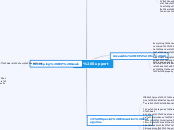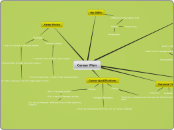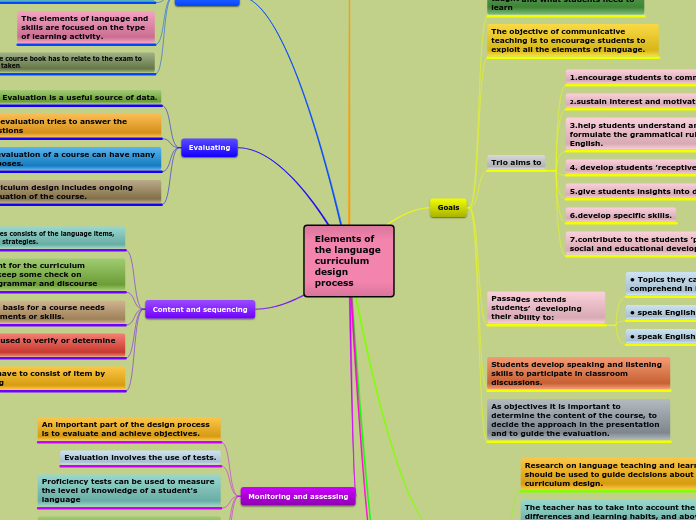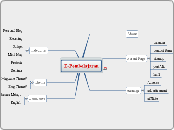by Niki Wiggam 6 years ago
244
Lesson 4
Creating effective Individualized Education Programs (IEPs) requires collaboration among educators, with a focus on the needs of the child rather than the adults involved. Co-teaching and team planning should be emphasized to ensure comprehensive support.









